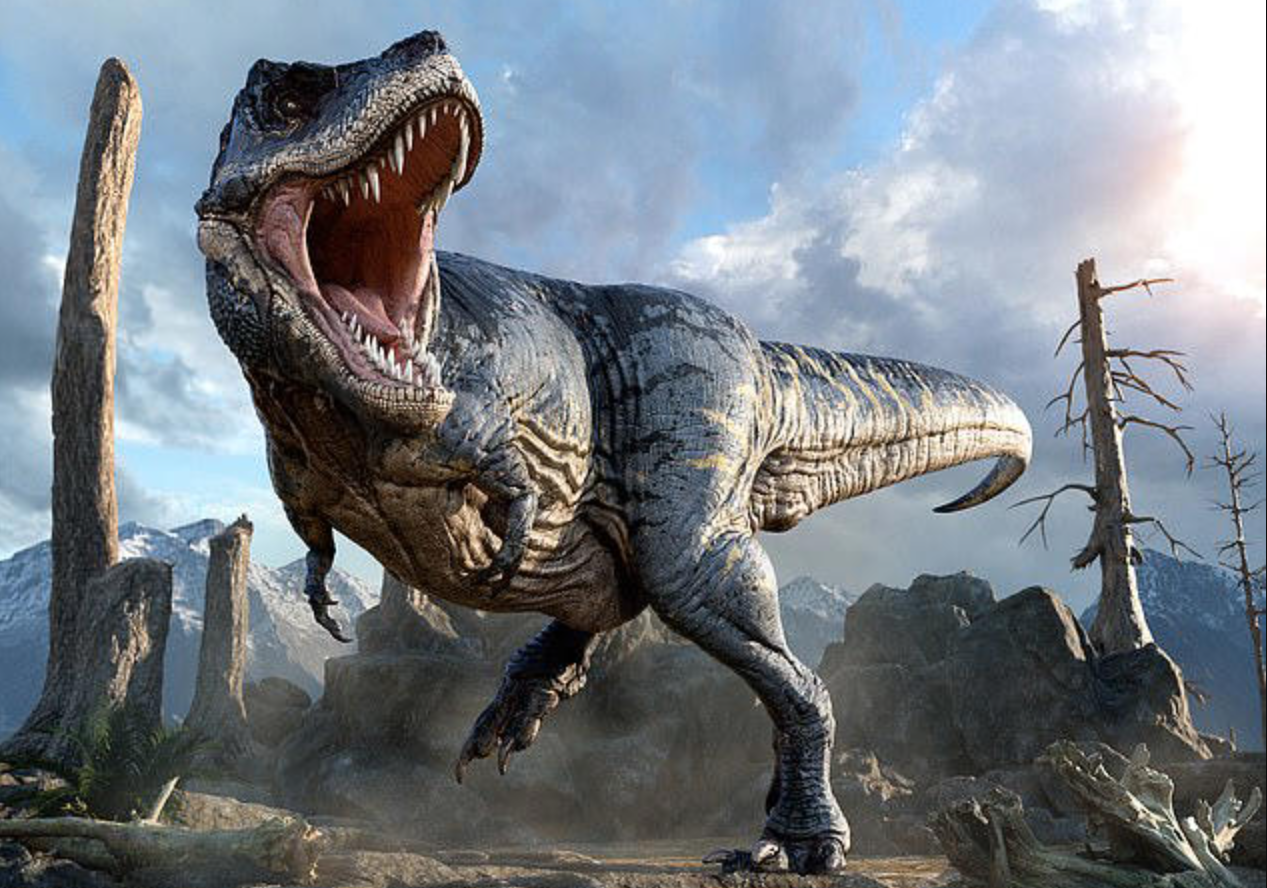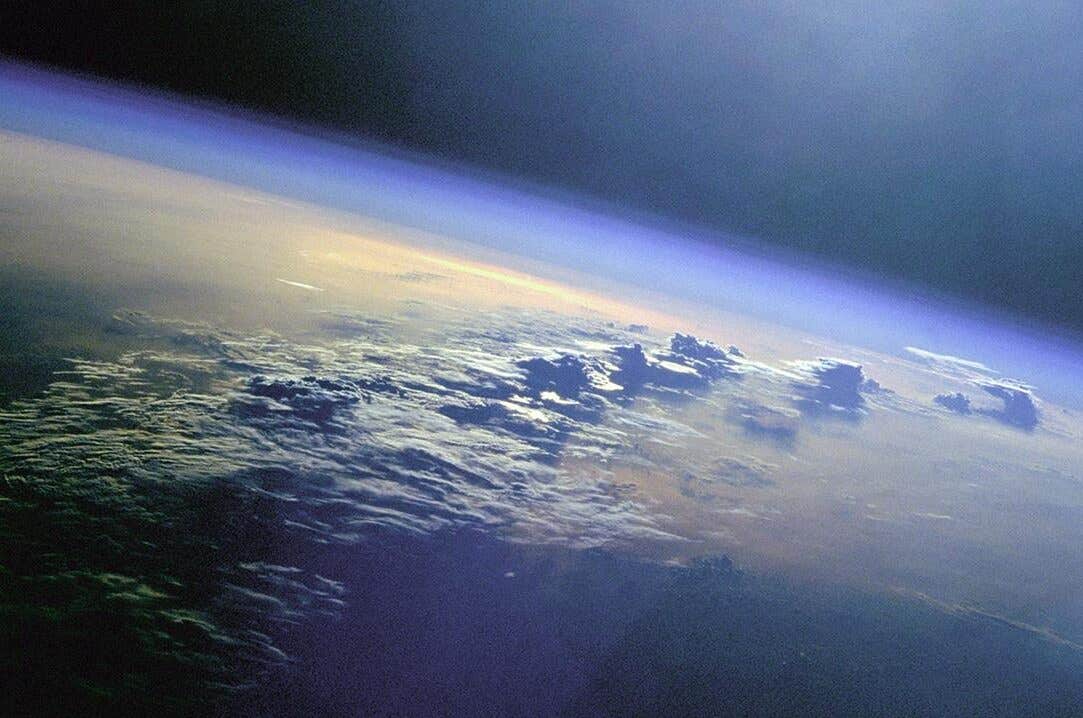First warm-blooded dinosaurs evolved 180 million years ago, study finds
Migration to colder climates suggests these dinosaurs may have developed endothermy—the ability to generate internal heat.

In the early 20th century, dinosaurs were often depicted as slow-moving, "cold-blooded" creatures, much like modern reptiles that depend on external heat sources to regulate their body temperature. However, recent discoveries suggest that some dinosaurs might have been capable of generating their own body heat. The exact timeline of when this adaptation occurred remains uncertain.
A new study published in the journal Current Biology explores this question by examining how dinosaurs spread across various climates during the Mesozoic Era, which spanned from 230 to 66 million years ago. The research team analyzed 1,000 fossils, climate models, geographical data of the period, and dinosaurs’ evolutionary trees to draw their conclusions.
The researchers discovered that two of the three main dinosaur groups, theropods (like T. rex and Velociraptor) and ornithischians (including Stegosaurus and Triceratops relatives), migrated to colder climates during the Early Jurassic. This movement suggests these dinosaurs may have developed endothermy—the ability to generate internal heat—during this time. Conversely, sauropods, the third major group which includes Brontosaurus and Diplodocus, remained in warmer regions.
Previous studies have identified traits associated with warm-bloodedness in theropods and ornithischians. For instance, some of these dinosaurs had feathers or proto-feathers, which could have helped insulate and retain body heat.
Dr. Alfio Alessandro Chiarenza, the study's lead author from UCL Earth Sciences, commented, “Our analyses show that different climate preferences emerged among the main dinosaur groups around the time of the Jenkyns event, 183 million years ago.
This event, marked by intense volcanic activity, led to global warming and the extinction of various plant groups. At this time, many new dinosaur groups emerged. The adoption of endothermy, perhaps as a result of this environmental crisis, may have enabled theropods and ornithischians to thrive in colder environments.
Related Stories
This adaptation allowed them to be highly active, sustain activity over longer periods, develop and grow faster, and produce more offspring.”
Dr. Sara Varela from the Universidade de Vigo in Spain, a co-author of the study, added, “Theropods also include birds, and our study suggests that birds’ unique temperature regulation may have originated in this Early Jurassic epoch. On the other hand, sauropods, which stayed in warmer climates, grew to gigantic sizes around this time. Their larger size, with a smaller surface area to volume ratio, would have reduced their heat loss rate, allowing them to stay active for longer periods.”
The researchers also explored whether sauropods stayed in lower latitudes to access richer foliage unavailable in colder polar regions. They found that sauropods thrived in arid, savannah-like environments, suggesting their preference for warmer climates was more likely due to a physiological adaptation rather than just food availability. During the Early Jurassic, polar regions were warmer with abundant vegetation, yet sauropods still favored warmer climates.
The Jenkyns event, triggered by lava and volcanic gases erupting from long fissures in the Earth's surface, covered large areas of the planet and significantly impacted global climates.
Dr. Juan L. Cantalapiedra from the Museo Nacional de Ciencias Naturales in Madrid, Spain, another co-author, stated, “This research suggests a close connection between climate and how dinosaurs evolved. It sheds new light on how birds might have inherited a unique biological trait from their dinosaur ancestors and the different ways dinosaurs adapted to complex and long-term environmental changes.”
The study involved researchers from UCL, the Universidade de Vigo, the University of Bristol, and the Museo Nacional de Ciencias Naturales in Madrid. It received funding from the European Research Council, the Spanish Ministry of Research, the Natural Environment Research Council, and the Royal Society.
This research not only highlights the diverse adaptations among different dinosaur groups but also provides valuable insights into how climatic changes influenced their evolution. Understanding these ancient patterns can help scientists better comprehend the complex interplay between climate and biological adaptations in prehistoric times.
For more science stories check out our New Discoveries section at The Brighter Side of News.
Note: Materials provided above by The Brighter Side of News under a Creative Commons license. Content may be edited for style and length.
Like these kind of feel good stories? Get the Brighter Side of News' newsletter.



